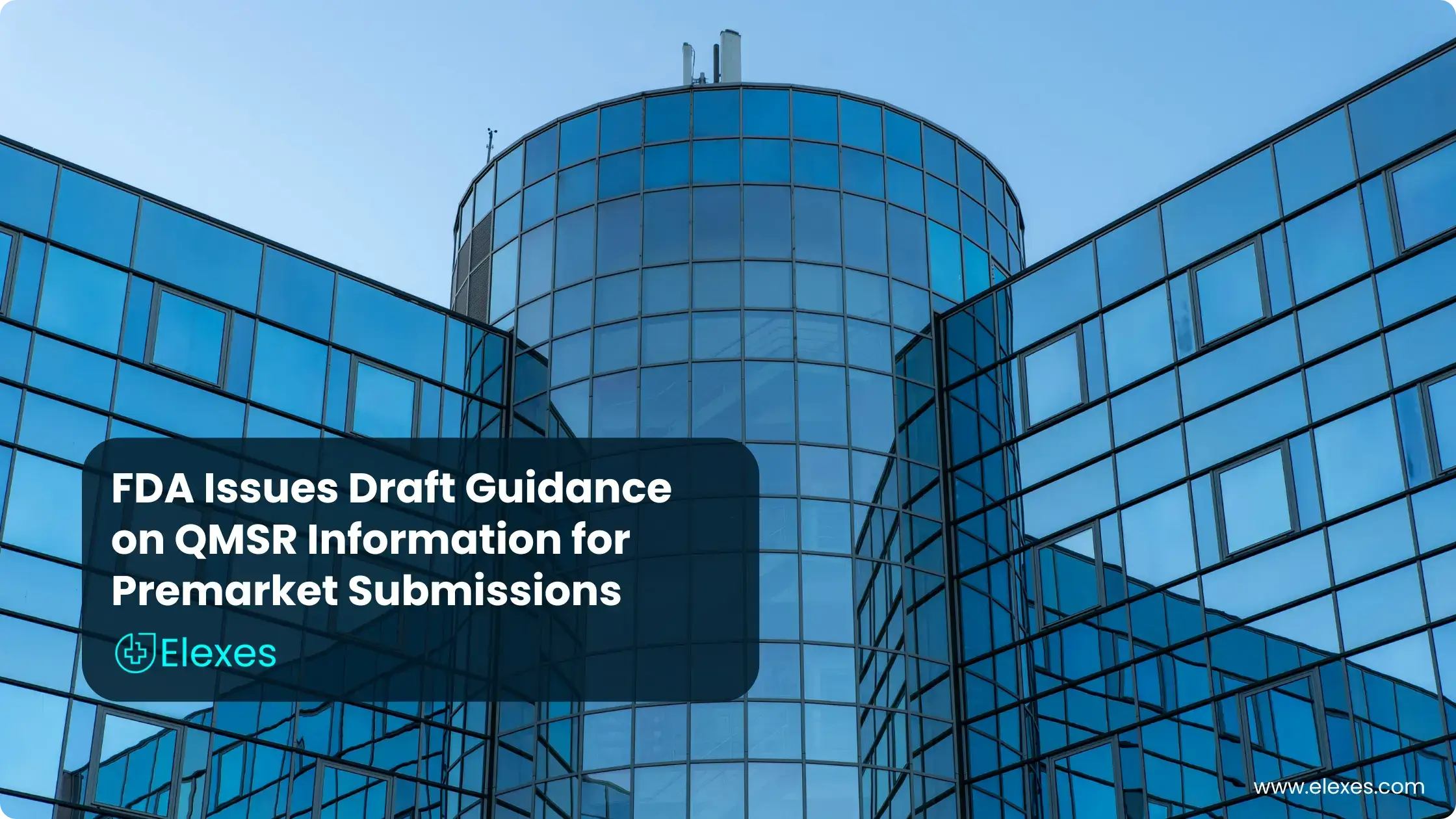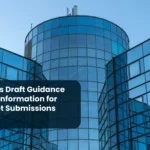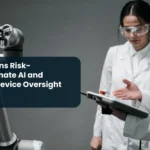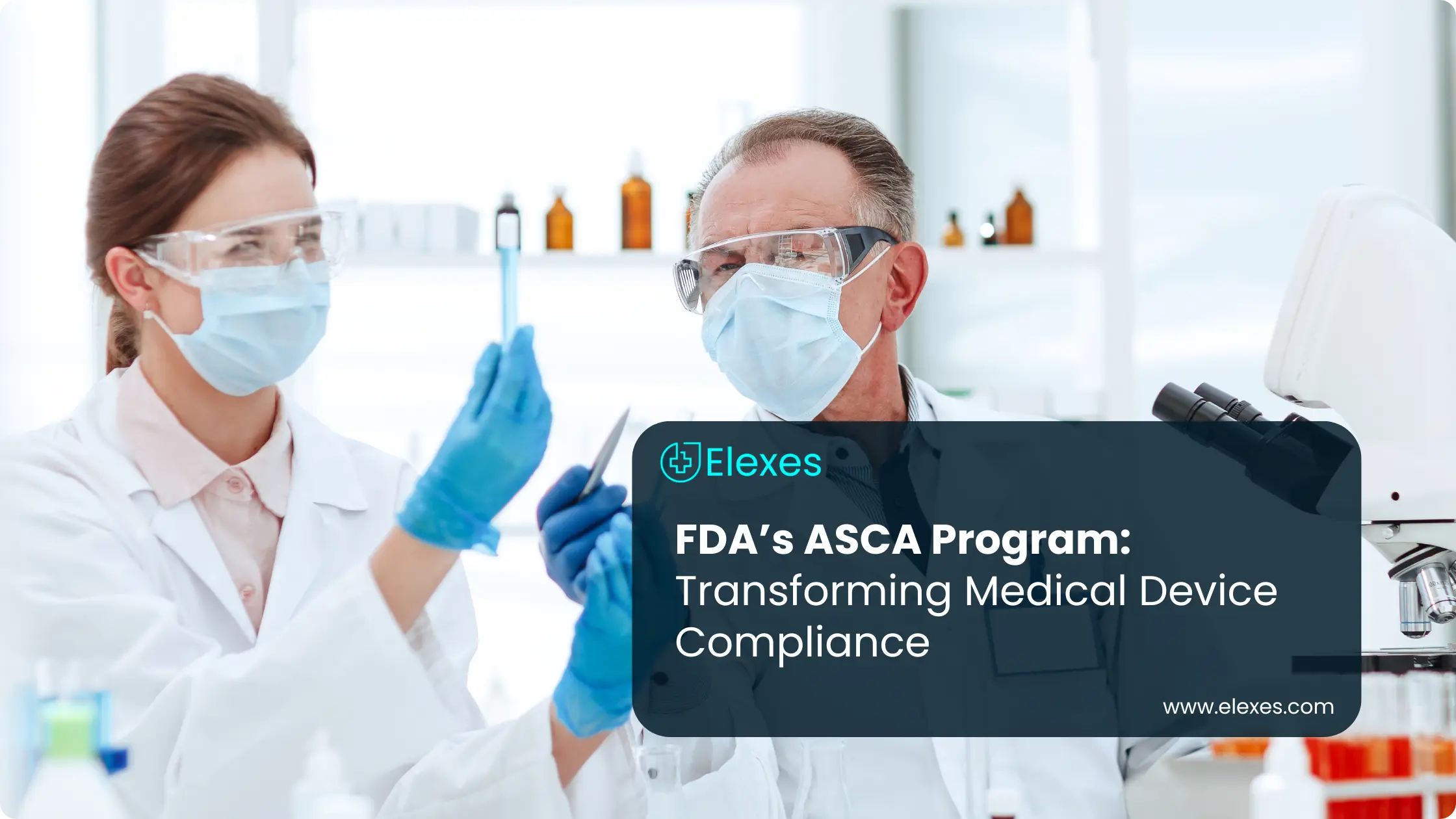Introduction
In a significant move, the U.S. Food and Drug Administration (FDA) introduced draft guidance in October 2025 under the name "Quality Management System Information for Certain Premarket Submission Reviews," among others, which changes dramatically how quality management system (QMS) information is to be presented by manufacturers of medical devices in their premarket applications. This draft guidance is closely aligned with the upcoming implementation of the Quality Management System Regulation (QMSR), which becomes effective on February 2, 2026.
What the Draft Guidance Covers
The guidance sets out the FDA’s expectations for how manufacturers should document their QMS (informed by QMSR and ISO 13485:2016) in marketing authorisation applications such as PMAs and HDEs.
Specifically:
⦿ Manufacturers must include a “full description” of their manufacturing methods, facilities, and controls so that the FDA can assess conformity with the QMSR.
⦿ The draft emphasises risk-based decision making, traceability, design-and-development outputs, supplier controls, and QMS software validation, going beyond the previous 2003 guidance.
⦿ It recommends that QMS information be submitted either as a standalone module (for modular PMAs) or clearly delineated by facility when multiple sites are involved.
Why It Matters for Medical Device Manufacturers
Strengthening QMS Transparency
This draft guidance raises the bar for QMS documentation in premarket submissions. Manufacturers must show not just that controls exist, but how they are applied, verified, monitored, and improved. That means alignment with ISO 13485 and the QMSR is no longer optional; it’s front-and-centre.
Preparing for the QMSR Era
With the QMSR becoming effective in February 2026, this guidance offers a roadmap to bridge current systems to the new regime. Firms that begin aligning now will reduce review delays, inspection surprises, and non-conformities.
Competitive Advantage and Market Access
Strong QMS documentation supports smoother regulatory submissions (e.g., 510(k), PMA) and may reduce the scope of pre-approval inspections. Firms able to demonstrate robust QMS systems can gain faster market access, while those unprepared risk submission hold-ups or even denial.
How This Links to Key Services
For companies seeking support through this transition, our services at Elexes are well-positioned:
⦿ Our expertise in ISO 13485 consultants ensures your QMS is aligned with the standard and the QMSR.
⦿ Our FDA 510(k) submission and PMA submission safeguard your regulatory filings against incomplete QMS information.
⦿ If CE marking is also required, our CE Marking consultants' service complements global compliance strategies.
How Elexes Can Support You
Elexes helps organizations audit their existing QMS structure, identify gaps vis-à-vis the new draft guidance and QMSR, and develop submission-ready documentation. Whether your premarket submission is a PMA, HDE, or a 510(k) with elevated risk, our team guides you through preparation of the QMS module, traceability matrices, supplier control frameworks, and risk-based design-control strategies.
Next Steps & Call to Action
It is high time your organization takes action if it is engaged in the manufacture of medical devices and wants to make a premarket submission under the new rules. The QMS documentation that is required by the FDA should be prepared, and a team of experienced consultants should be in place to support you. Get in touch with Elexes today to arrange a consultation, and we will assist you in successfully maneuvering through the QMSR transition.
To read more, visit the FDA webpage





















